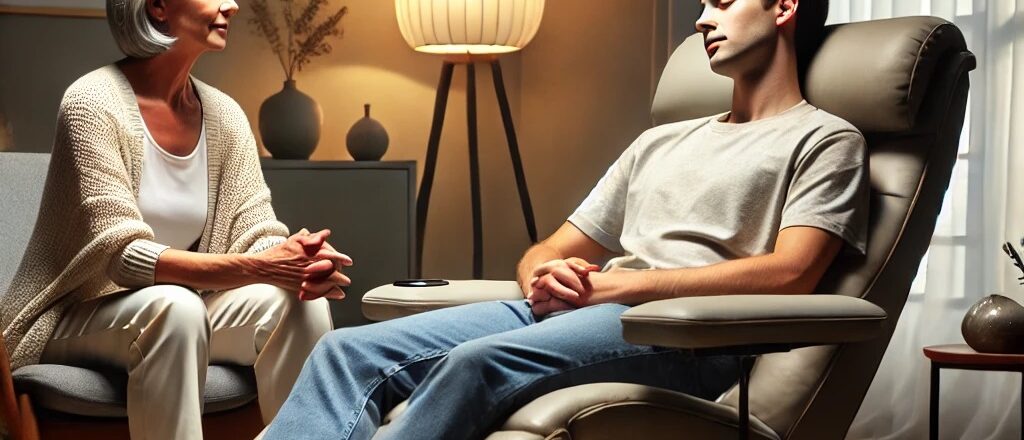Are you tired of trying to quit smoking with little success? You’re not alone. Many smokers struggle with the addictive nature of nicotine and the psychological habits that keep them reaching for another cigarette. While patches, gums, and medications can help with physical cravings, they often don’t address the deeper, subconscious reasons behind smoking. That’s where hypnosis comes in.
What is Hypnosis?
Hypnosis is a natural, relaxed state of focused attention that allows the mind to be more open to positive suggestions. It’s not about losing control or being manipulated; instead, it’s a collaborative process where the hypnotherapist guides you into a state of deep relaxation. In this state, your subconscious mind becomes more receptive to new ways of thinking, feeling, and behaving.
How Hypnosis Helps with Smoking Cessation
- Reprogramming Subconscious Triggers: Smoking isn’t just a physical addiction—it’s also a deeply ingrained habit. Many smokers light up when they’re stressed, bored, or need a break. Hypnosis works by identifying these triggers and reprogramming the subconscious mind to break the association between smoking and certain emotions or situations.
- Reducing Cravings and Withdrawal Symptoms: Hypnosis can help reduce the intensity of nicotine cravings and withdrawal symptoms by focusing the mind on new, healthier habits. By reinforcing positive behaviors, hypnosis makes the quitting process smoother and more manageable.
- Boosting Confidence and Motivation: One of the most significant barriers to quitting smoking is the belief that it’s impossible. Hypnosis can build a sense of self-efficacy, making you feel confident in your ability to quit. You’ll leave the session feeling more empowered, motivated, and in control.
- Managing Stress Without Smoking: Many smokers use cigarettes as a coping mechanism for stress. Hypnosis teaches relaxation techniques and other methods to manage stress, allowing you to handle challenges without turning to nicotine.
- Visualizing a Smoke-Free Future: During hypnosis, you’ll be guided to visualize your life as a non-smoker—breathing easier, feeling healthier, and enjoying a new sense of freedom. This mental rehearsal makes the goal of quitting feel more attainable and reinforces the desire to stay smoke-free.
What to Expect During a Hypnosis Session
Your hypnotherapy session will start with a conversation about your smoking habits, triggers, and motivations for quitting. This helps me (the hypnotherapist) tailor the session to your unique needs. Also there are many practical tips that can be shared with you. Tips that make the stopping easier.
Because stress is often a trigger, there are simple actions that can be taught to reduce your daily stress. During the hypnosis, you’ll be guided into a state of relaxation where you can let go of old habits and embrace new, healthier behaviors.
Sessions are typically comfortable and calming. You remain in control throughout and can even bring yourself out of hypnosis at any time. Most people find the experience pleasant and deeply relaxing.
Is Hypnosis Right for You?
Hypnosis isn’t a magic bullet, but it’s a powerful tool that can significantly boost your chances of quitting for good. It’s especially effective when combined with a strong personal commitment and a comprehensive quit plan that addresses both the physical and psychological aspects of smoking. Quitting becomes your new addiction.
Quitting becomes your new addiction
Taking the Next Step
If you’re ready to quit smoking, consider giving hypnosis a try. With the right mindset and the guidance of a skilled hypnotherapist, you can finally break free from the grip of nicotine and enjoy the benefits of a smoke-free life.
Final Thoughts
Quitting smoking is one of the best decisions you can make for your health, and hypnosis offers a unique and effective approach to making that change stick. If traditional methods haven’t worked for you, it might be time to explore the power of your subconscious mind. You don’t have to do it alone—reach out and start your journey toward a healthier, smoke-free you today.
Call today: 727-215-0283










